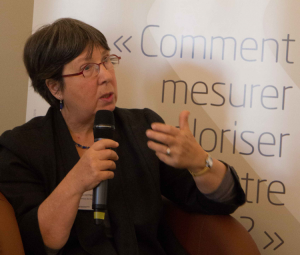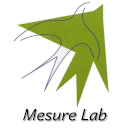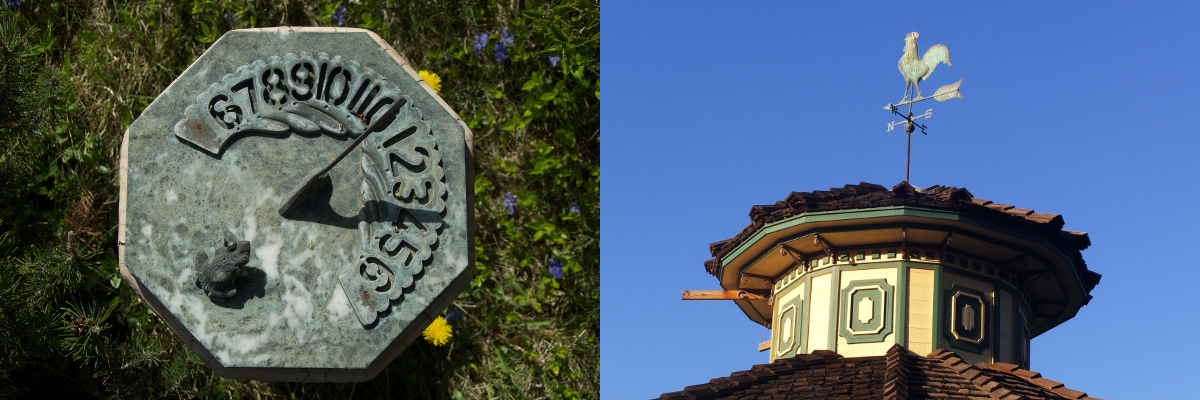Sommaire
Foreword
I was introduced to metrology by Pierre Giacomo (1), then Honorary Director of the International Bureau of Weights and Measures (BIPM) and my colleagues in the scientific, legal and industrial metrology laboratories. I defended my doctoral thesis “Metrology and education” in 2003.
Originally a professional trainer and project leader in education and social work for over 20 years, I have interacted with groups of trainees, people in difficulty, young people and adults who organize and mark out their knowledge and skills. Together we have examined in depth, questions of meaning, common sense and measurement and values of benefit to collective intelligence and benevolence.
Together with a group of metrologists, we founded the Métrodiff association in 2000, whose aim is to disseminate metrological culture to as many people as possible. Metrologists and scientists are often asked questions about metrology and its historical, social, philosophical and spiritual meanings and beyond, as well as to members of a society where individuals and groups are organizing themselves to deal with the growing disorientation of value systems and developing new solutions to solve new problems that are arising in the present and will arise in the future.
The birth of Universal Metrology
The equitable sharing of measurement concepts and values remains central to all civilized societies.
Over long periods, documented historical evidence shows a recurring fact: excess generates measurement and curiously enough, this returns to the front of the stage when it comes to social unity and the redistribution of resources.
Measurement is part of our daily activities that has become so familiar that we forget to think about it, even though it structures decision-making in our societies. For thousands of years, metrology has earned its stripes of operational language with a universal vocation for science, technology and many elementary acts performed in our societies.
The word ” metrology ” was first coined in 1780. It is the science of measurement and its applications. The term now encompasses scientific, industrial and legal metrologies in their entirety, and has gradually replaced the field of “Weights, Measures and Currencies”, inherited from our Ancestors.
The decimal metric and decimal division measurement system were born at the time of the Declaration of the Rights of Man and of Citizen. The decree of the Convention of the 18th of Germinal year 3, (7 April 1795) stated that metric law had to be implemented in France. From that point on, everyone, from the most powerful to the most humble, would use the same measurement system and be able to manage their own affairs and avoid metrological traps and fraud.
The Enlightenment project is universal. The claim of universalism, in the case of metrology, is not that this activity would naturally be imposed like universal gravitation, on all humans, but that this timeless activity, ideally based on shared common values and references, would be intended for use by all humans, beyond their political, cultural and religious affiliations.
The choice to share a common metric, later adopted by the world community (1875)1, is not abandoning identity, but rather the opening of a door to others and for the benefit of all.
The Sanskrit root of the word measure is said to be māa. Hence maya, illusion and magic. The first part mé in Indo-European is the word stem med. Hence doctor, medical, meditate … The same stem is seen in met, mens, ment, mod. Cure, govern, think, reflect, weigh, judge, meditate, imagine, invent, evaluate, estimate, balance … All of these action verbs are meaningful and relevant in the field of measurement.
Metrological pact, trust pact, recognition pact
The longevity of the Pharaonic civilization in Egypt is based from the outset on the concept of “maât”, which expresses at the same time measure, trust, order and fairness. To make “maât” intelligible and effective for individuals and for everyone, the concept was deified and rose into a powerful symbolic organization that lasted more than 3 millennia. The Great Goddess Maât, a pretty young woman depicted wearing an ostrich feather, energizes and personifies measure, fairness, order, solidarity, benevolence and overall prosperity. Each and all refer to it.
During psychostasia or weighing of the soul ceremony, Maât officiates with Thoth, the Grand Surveyor. Weighing one’s actions during life and being held accountable for these actions during the transition from life to death seems to be a universal funeral ritual.
Balance is the symbol of divine justice and of human justice.
The metrological pact is based on agreement of a mutual trust contract. A pacified cultural context across the globe would recognize that all civilizations of the world for millennia have contributed, are contributing and will continue to contribute and help build this universal common language in order to agree on values and the ways to protect them.
What is this International System of units (SI) inherited from the work of our Ancestors, dedicated “at all times, to all people”? Only the market serves as an instrument of measurement, while it does not possess the necessary qualities, and in the face of instability and excess in today’s world, we must return to genuine measurements.
Evolution of the need for measurement
The English physicist Lord Kelvin, (1824/1907), known for his work in thermodynamics, would have said that a change of measurement system is not without consequences for systems of thought. Unless that it is not rather the evolution of ideas that leads to an upheaval of measurement units.(2)
For thousands of years humans have been measuring the world around them with what’s most readily available, their body. The foot, the hand, the palm, the capacity of one’s arms, the day’s work and the time it takes to walk, are very useful references in everyday life. Today, the evolution of metrology comes together with the senses, the singular.
We seek more and more to measure and put a value on perception and feelings such as human development, territorial welfare or gross domestic happiness, and even quantify our carbon footprint. We use measuring instruments more and more to continuously monitor our physical and energetic state, to establish our performance using indicators (the daily number of our steps, our heartbeat, our blood pressure, etc.) and when appropriate, decide to change our behavior.
“Personal Metrology”, of which I drew the first outline, is a simple method: a vital function of our being who learns to recognize and acknowledge itself and its environment to survive, to live and evolve. “Collective metrology” allows you to organize the co-responsibility of the world and go beyond the power relations that overwhelm the social fabric with their excesses and their egotism.
The action-research work in which I take part, shows that the exercise of co-construction of participatory evaluation systems has positive effects on the individual and collective well-being. These support measures, where all stakeholders co-produce solutions to improve the moral and physical health of participants and reflect a positive image to the social workers.
The experience of social action campaigns in areas with fragile (or not) populations, clearly shows that the co-construction of a common space where measurement tools (indicators) are rigorously and benevolently developed and transmitted also has the effect of articulating a political policy based on mutual and reciprocal trust around common practices.
This change in perspective reflects a cultural change: social action and personal care services become a recognition of the other through the sharing of common values of solidarity and citizenship and the ability to equip themselves to co-act. This is a way of reconnecting with a type of metrology that not only serves the technical, scientific or economic powers, but feeds into the social space of relations of trust and goodwill.
Among numerous studies, impact measures, data quality and assessment schemes, the co-construction of indicators and new social values of governance are put into question. Agreeing on common values requires harmonization of methods and measuring processes in areas as diverse as social and solidarity-based economy (SSE), services, territorial social action, the metrological quality of performance indicators, etc.
Conclusion
Certain traditional metrology procedures are probably transposable to feelings and subjectivity. They allow us to agree on what is a reliable measurement result. A prerequisite is indispensable: to acquire basic rules about metrological culture and the principles underlying a “good” and accurate measurement.
A measurement operator, whoever they may be and whatever they measure, is rigorous, honest, attentive, careful, methodical, patient. They use validated methods and procedures that are traceable and reproducible. They check their measurement operations, repeatedly if necessary. They assess uncertainty, an integral part of the result and include it in the final results. They record and report their data and how they obtained it. A measurement is not taken, it is given.
Finally, measurement sets a path of truth, as understood in the context of “Maât”, and establishes one of lucidity.
Notes
- 1 – Pierre Giacomo was director of BIPM from 1978 to 1988
- “2 – Vedelago S. Isotopes, Mesure et démesure, n° 13, décembre 1995, p.38.
Acknowledgements
I thank Jamila Al-khatib, Jean Bastie, Anne-Marie Breuil, Pierre Desbordes, Michèle Desenfant, Thierry Gaudin, Marc Himbert, Patricia Loué, Eric Plantard, Bernard Rougié who have contributed to the drafting of this document and through an exchange of viewpoints and to António Cruz, Eduarda Filipe, Stephen Glasgow, Olivier Pellegrino et Kimberley Sutherland, translators.
References
Marie-Ange Cotteret is currently a trainer and head of many educational and social projects and holds a PhD in education.

She is President of the Métrodiff association, whose goal is to share and disseminate a base culture of understanding. She is also research associate with Laboratoire DICEN (Paris), entrepreneur associate in the Co-operative Ozon (SSE) and author of “Mesurez vous ! De la métrologie à l’autonomie” (2008).
A medição em questão (page 22)
Updated august 2016

